Nature is full of surprising hunters, each with its own clever tricks. Ambush predators are masters of stealth, patiently waiting for the perfect moment to strike. These animals have amazing adaptations to catch their prey off guard. From the depths of the ocean to the heart of the jungle, ambush predators come in all shapes and sizes. Ambush predators, with their stealth and patience, are some of the most fascinating creatures on our planet.
Trapdoor Spider
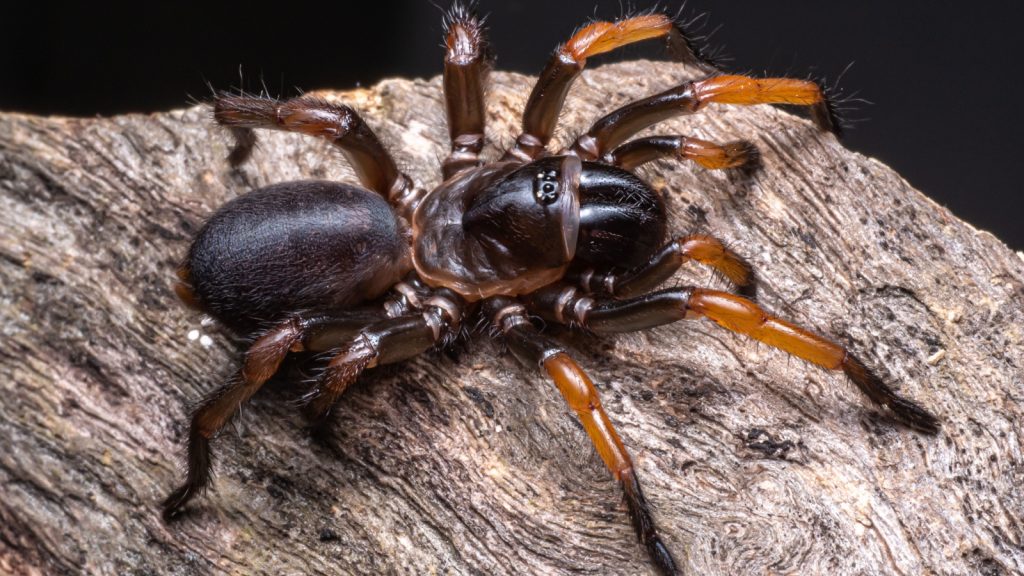
Hidden beneath a camouflaged door, the trapdoor spider is a patient hunter. It waits for prey to wander close, then springs out to capture its meal. These spiders can spend hours motionless, only to move with lightning speed when the time is right. Their burrows are engineering marvels, complete with hinged doors that blend seamlessly with the surrounding environment. Some trapdoor spiders can live for over 20 years, making them among the longest-lived spiders known.
Great White Shark
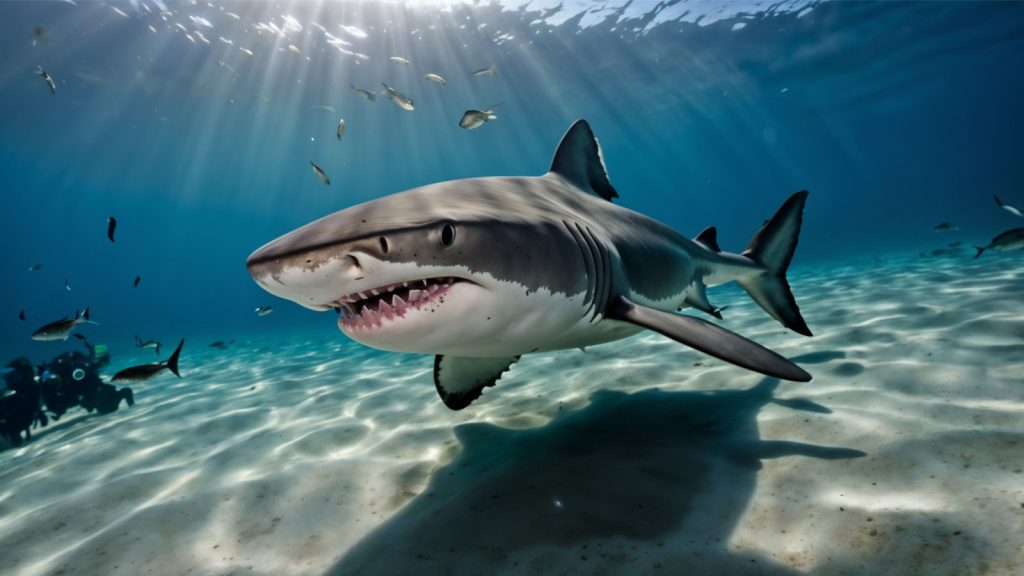
The ocean’s most feared predator, the great white shark, is a master of surprise attacks. It often strikes from below, using its dark upper body as camouflage against the deep water. Great whites can detect tiny electrical impulses from their prey’s muscles, allowing them to hunt with pinpoint accuracy. Their powerful jaws and rows of razor-sharp teeth make short work of their unsuspecting victims. A great white can lose and regrow up to 50,000 teeth in its lifetime, ensuring it always has a fresh set for hunting.
Alligator Snapping Turtle
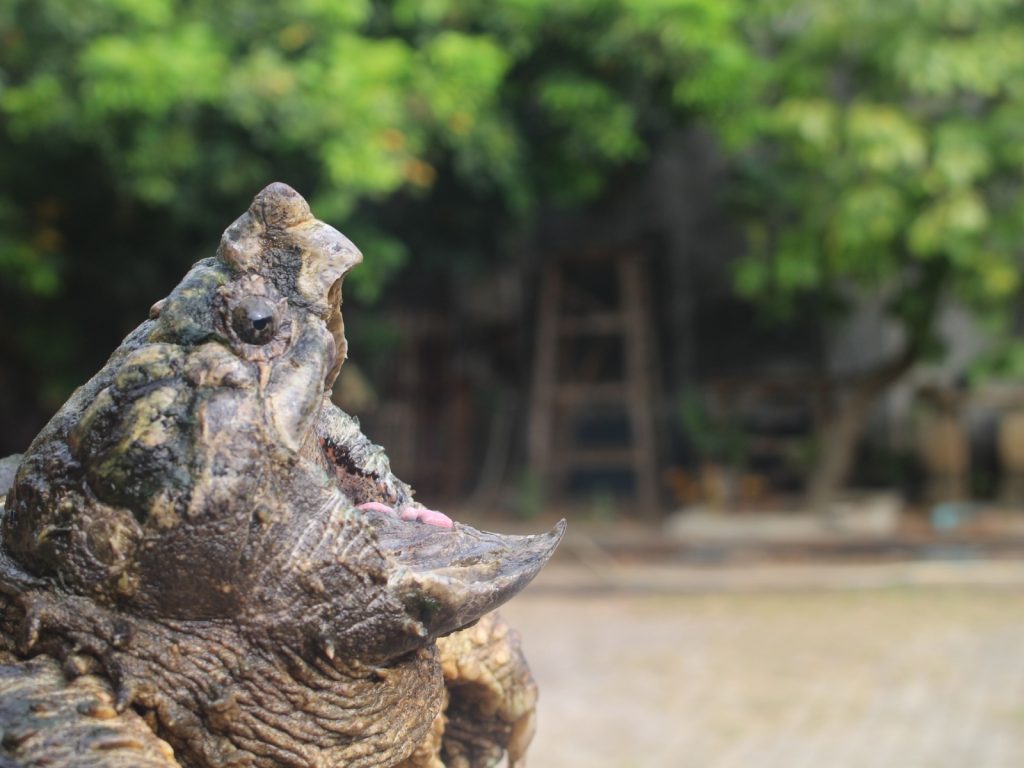
With a mouth like a bear trap and a tongue that mimics a worm, the alligator snapping turtle is a formidable ambush predator. It lies motionless on the river bottom, mouth agape, waiting for fish to investigate its worm-like lure. When prey gets too close, the turtle’s powerful jaws snap shut with incredible force. This ancient-looking creature can weigh up to 200 pounds and live for decades. The alligator snapping turtle’s bite force can exceed 1,000 pounds, making it one of the strongest bites in the animal kingdom.
Anglerfish
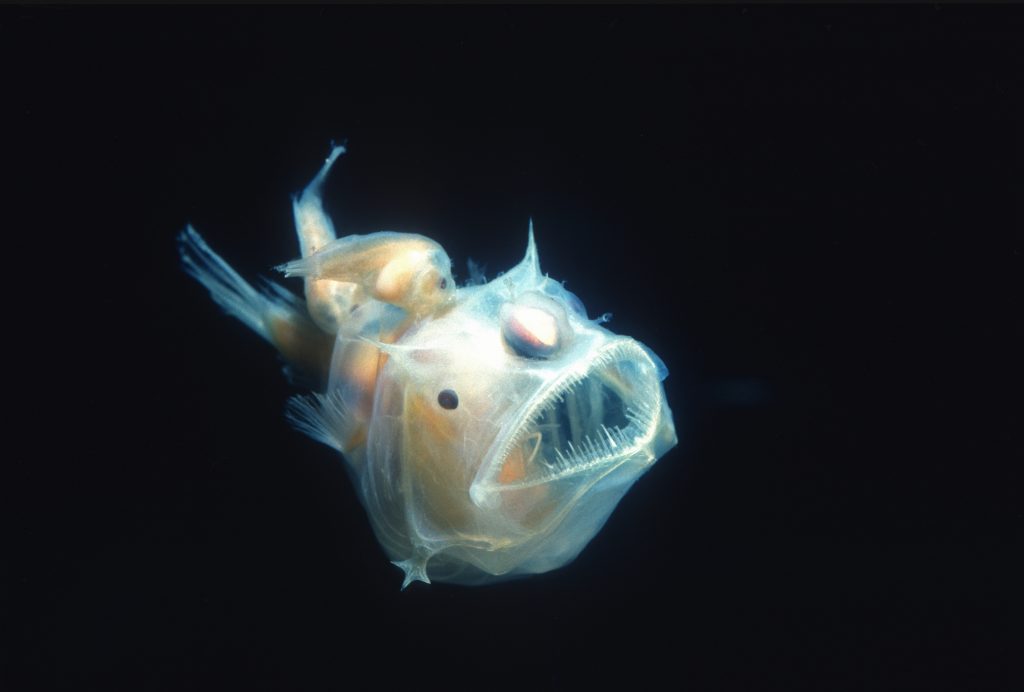
In the dark depths of the ocean, the anglerfish uses a glowing lure to attract prey. This bioluminescent “fishing rod” is actually a modified dorsal fin containing bacteria that produce light. Small fish and crustaceans are drawn to the light, only to be swallowed whole by the anglerfish’s enormous mouth. Some species of anglerfish can swallow prey larger than themselves. Female anglerfish are much larger than males, with some species having females up to 60 times the length and about half a million times the weight of the males.
Chameleon
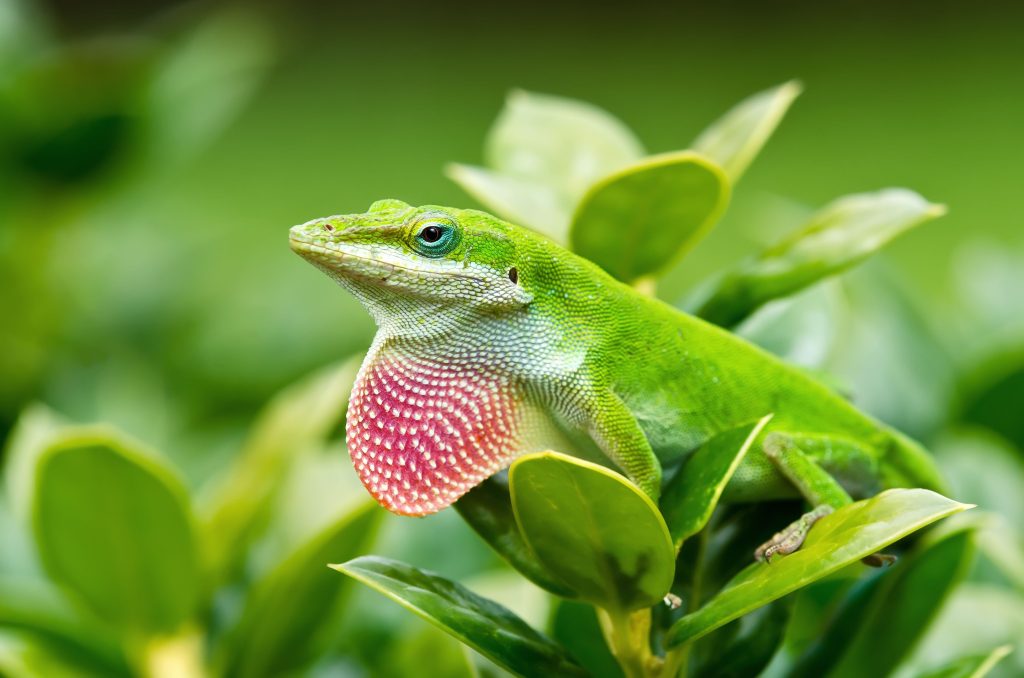
While often thought of as masters of camouflage, chameleons are actually ambush predators that use their color-changing ability to communicate and regulate body temperature. Their hunting technique relies on patience and an incredibly fast tongue. A chameleon can launch its sticky tongue at prey with astonishing speed, capturing insects before they even realize they’re in danger. The chameleon’s tongue can accelerate from 0 to 60 mph in a hundredth of a second, reaching its target in under 0.07 seconds.
Giant Pacific Octopus
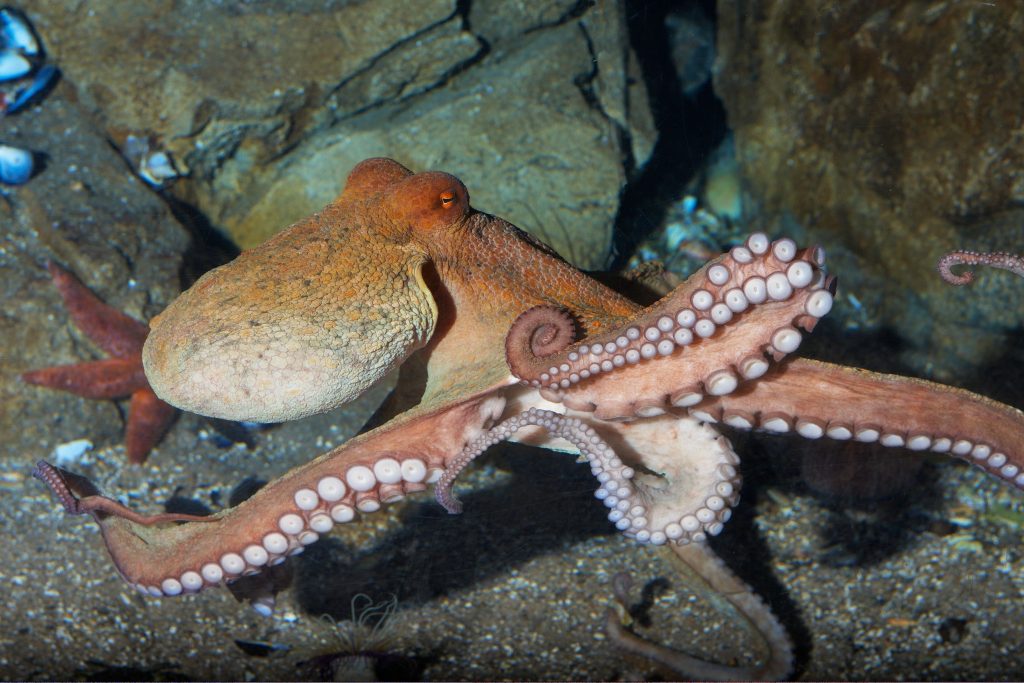
The giant Pacific octopus is a master of disguise and patience. It can change both color and texture to blend in with its surroundings, waiting motionless for prey to pass by. When the moment is right, it strikes with lightning speed, using its powerful arms to subdue its victim. The octopus then uses its beak-like mouth to crack open shells and feast on its catch. These intelligent creatures have been observed using tools, solving puzzles, and even escaping from aquariums, showcasing their problem-solving abilities.
Praying Mantis
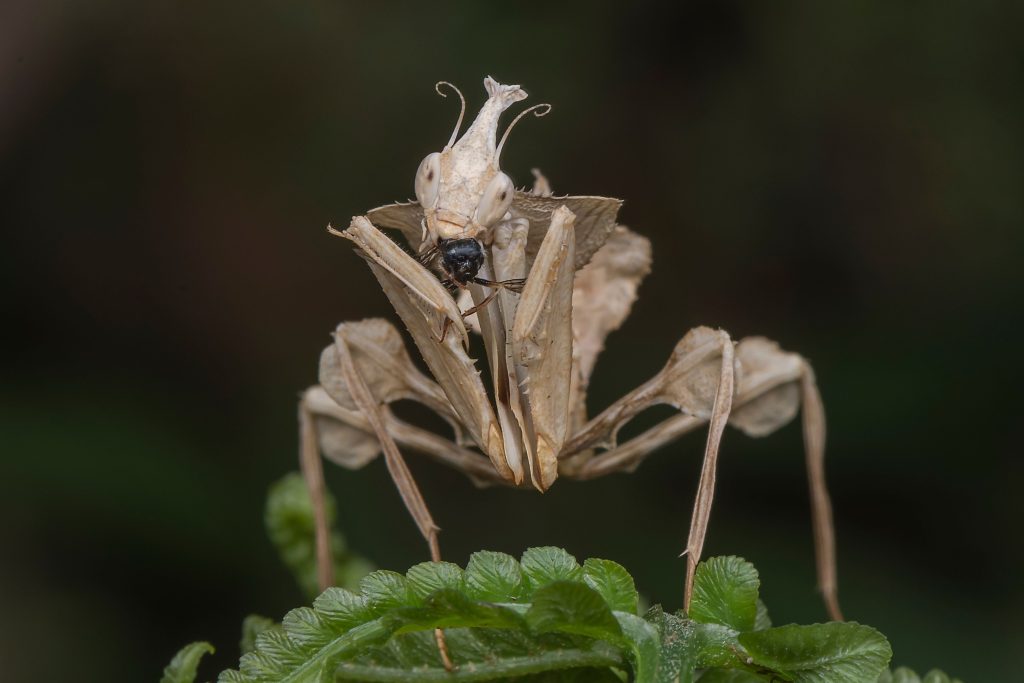
With its alien-like appearance and lightning-fast reflexes, the praying mantis is a fearsome predator. It often sits motionless on plants, its forelegs folded in a “praying” position. When an unsuspecting insect comes too close, the mantis strikes with incredible speed, grabbing its prey with its spiked forelegs. Some larger species have even been known to catch small birds and reptiles. The praying mantis is the only known invertebrate capable of turning its head 180 degrees, giving it an excellent field of vision for spotting prey.
Crocodile
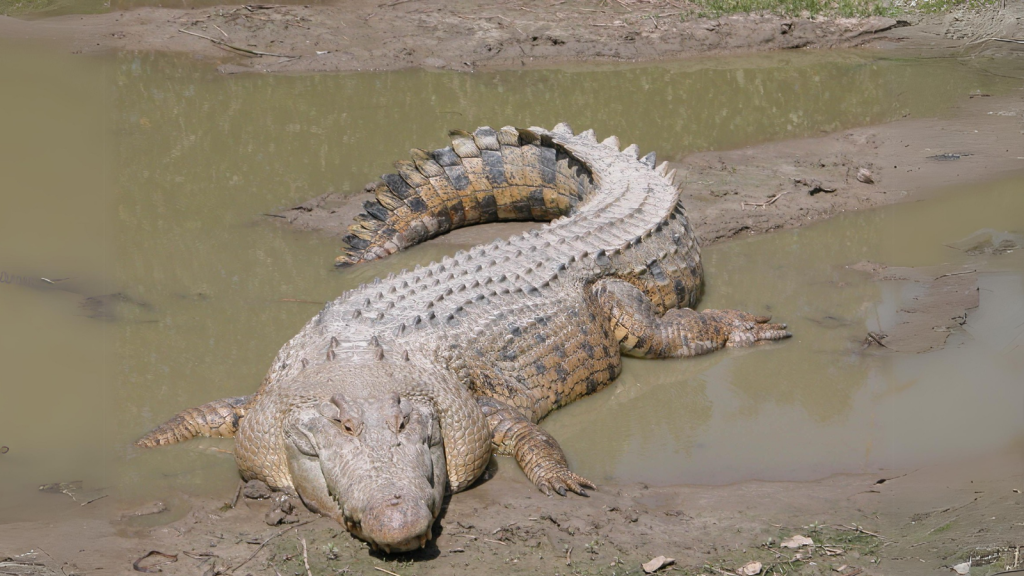
Few predators inspire as much fear as the crocodile. These ancient reptiles are perfectly adapted for ambush hunting in water. They float just below the surface, with only their eyes and nostrils visible. When prey comes to drink, the crocodile explodes from the water with incredible force, using its powerful jaws to drag the victim underwater. Their bite force is among the strongest in the animal kingdom. Crocodiles have special valves in their throats that close when submerged, allowing them to open their mouths and attack underwater without drowning.
Frogfish
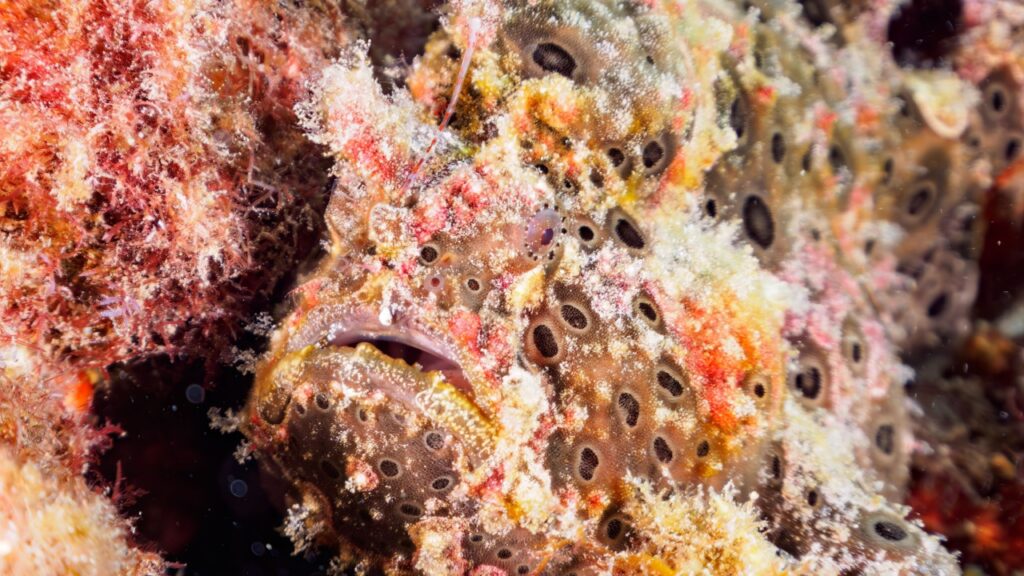
The frogfish is a master of camouflage, able to blend in perfectly with coral reefs and the ocean floor. It uses a fish-shaped lure attached to its head to attract prey, much like the anglerfish. When a victim approaches, the frogfish can open its mouth with such speed that it creates a vacuum, sucking in its prey whole. Some species can swallow fish nearly as large as themselves. Frogfish have the fastest known “bite” of any vertebrate, able to engulf their prey in as little as 6 milliseconds.
Venus Flytrap
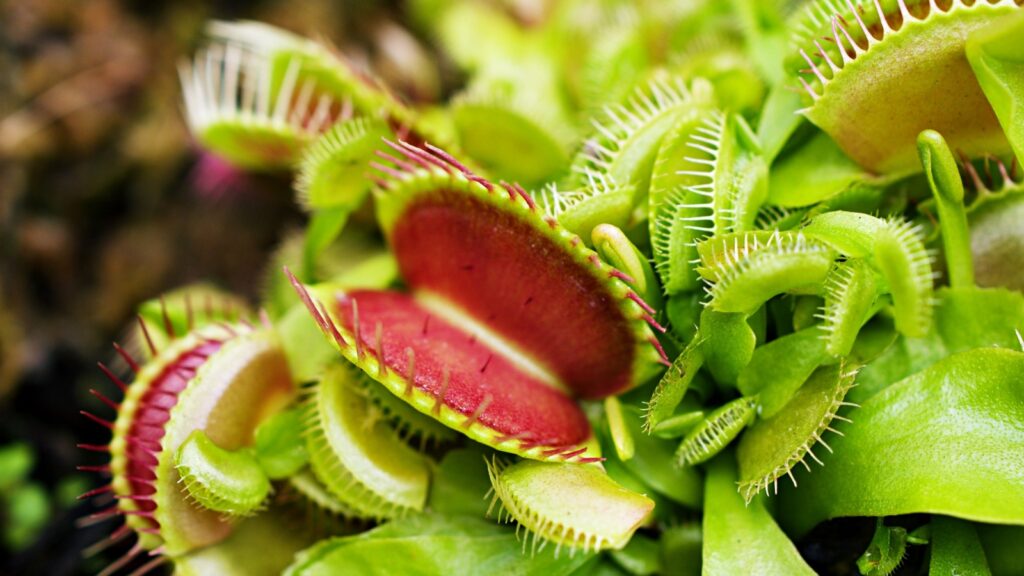
While not an animal, the Venus flytrap is one of the plant kingdom’s most famous ambush predators. This carnivorous plant has leaves that snap shut when triggered by unsuspecting insects. The trap is lined with digestive juices that slowly break down the captured prey, providing the plant with essential nutrients. It’s a rare example of a plant that can move faster than its animal prey. The Venus flytrap can count—it only closes after two touches to its trigger hairs within 20 seconds, reducing false alarms from raindrops or debris.
Assassin Bug
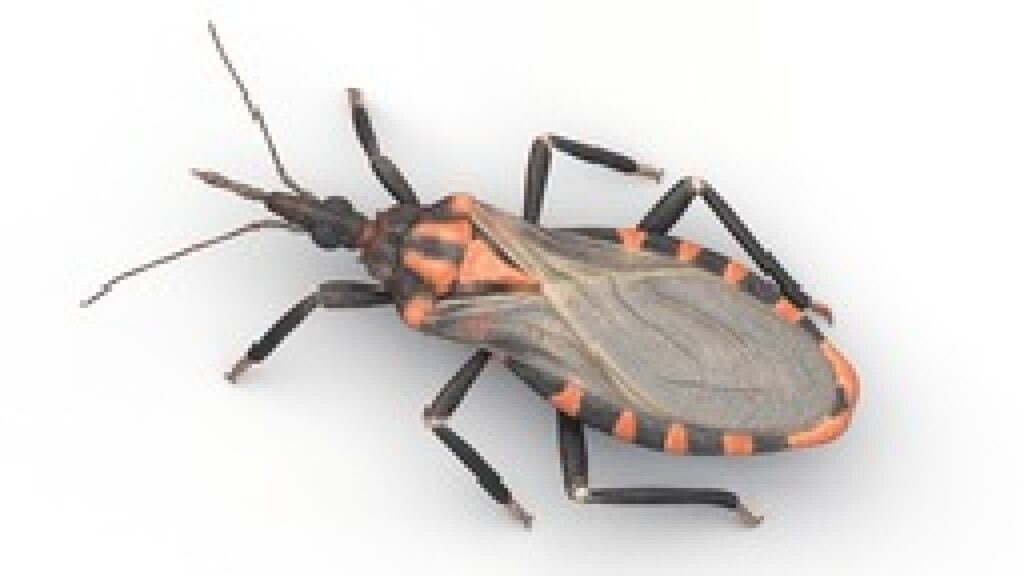
These small but deadly insects are expert ambush predators. Many species of assassin bugs use camouflage to blend in with flowers or bark, waiting for prey to come close. They then strike with their sharp proboscis, injecting a potent venom that liquefies their victim’s insides. Some assassin bugs even disguise themselves with the corpses of their prey to avoid detection. The assassin bug’s venom is so potent that a single bite can be fatal to insects many times its size.
Leopard
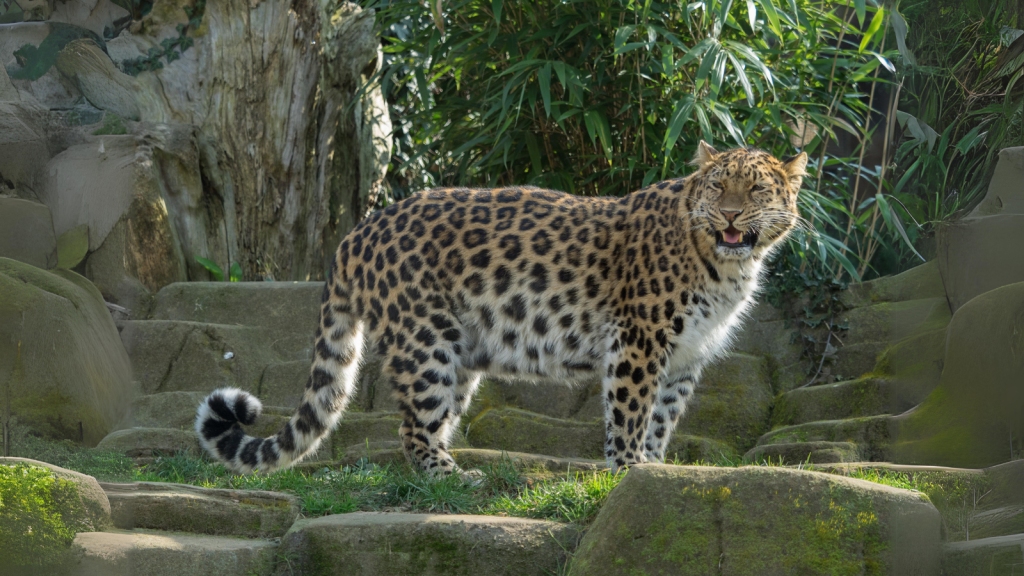
Among big cats, leopards are particularly adept at ambush hunting. They are excellent climbers and often drag their kills into trees to protect them from other predators. Leopards are patient hunters, sometimes stalking prey for hours before making their move. Their spotted coat provides excellent camouflage in dappled forest light, allowing them to get dangerously close to their targets before striking. Leopards have incredibly powerful legs, enabling them to leap up to 20 feet horizontally and 10 feet vertically, even while carrying heavy prey.
Electric Eel
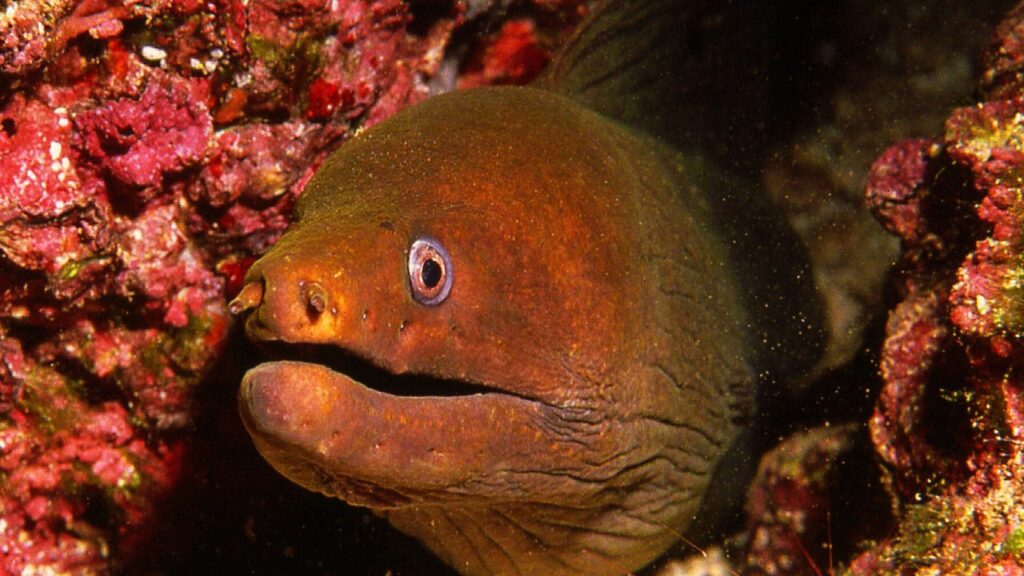
Despite its name, the electric eel is actually a type of knifefish. It uses a unique hunting strategy that combines ambush tactics with its ability to generate powerful electric shocks. The eel can produce up to 860 volts of electricity, which it uses to stun or kill nearby prey. It then uses this same electric field to locate its stunned victims in murky water. Electric eels can control the strength of their shock, using lower voltages to “scan” their environment and higher voltages to stun or kill prey.
Margay
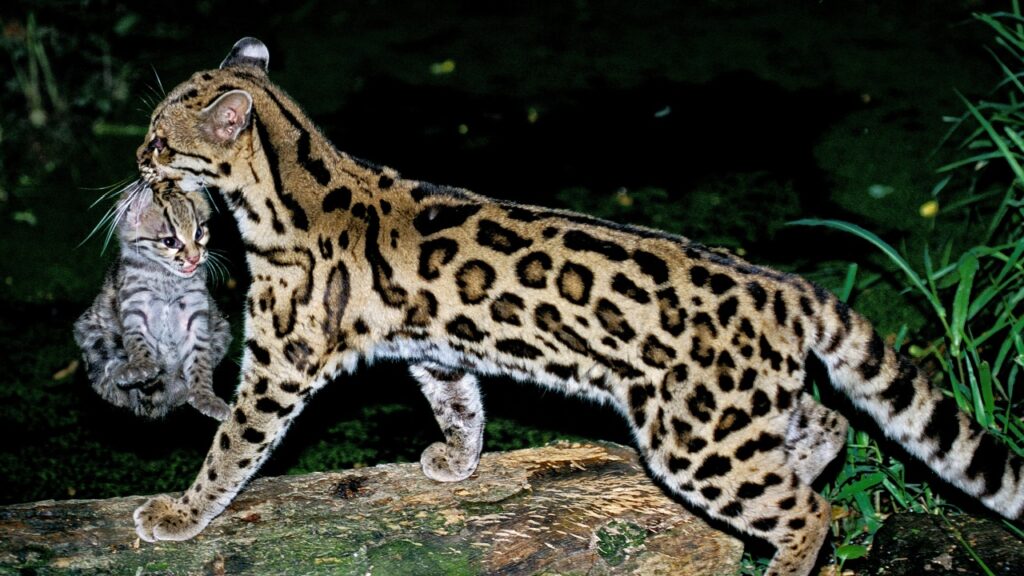
This small wild cat is a master of the trees, with flexible ankles that can rotate 180 degrees. Margays have been observed mimicking the calls of baby monkeys to lure curious adults within striking distance. Their large eyes and incredible night vision make them formidable nocturnal hunters. Margays can even hang upside down by their hind feet, leaving their front paws free to snatch birds and monkeys from branches. These agile cats are so well-adapted to arboreal life that they can climb down trees headfirst, a feat few other cats can manage.
Flower Crab Spider
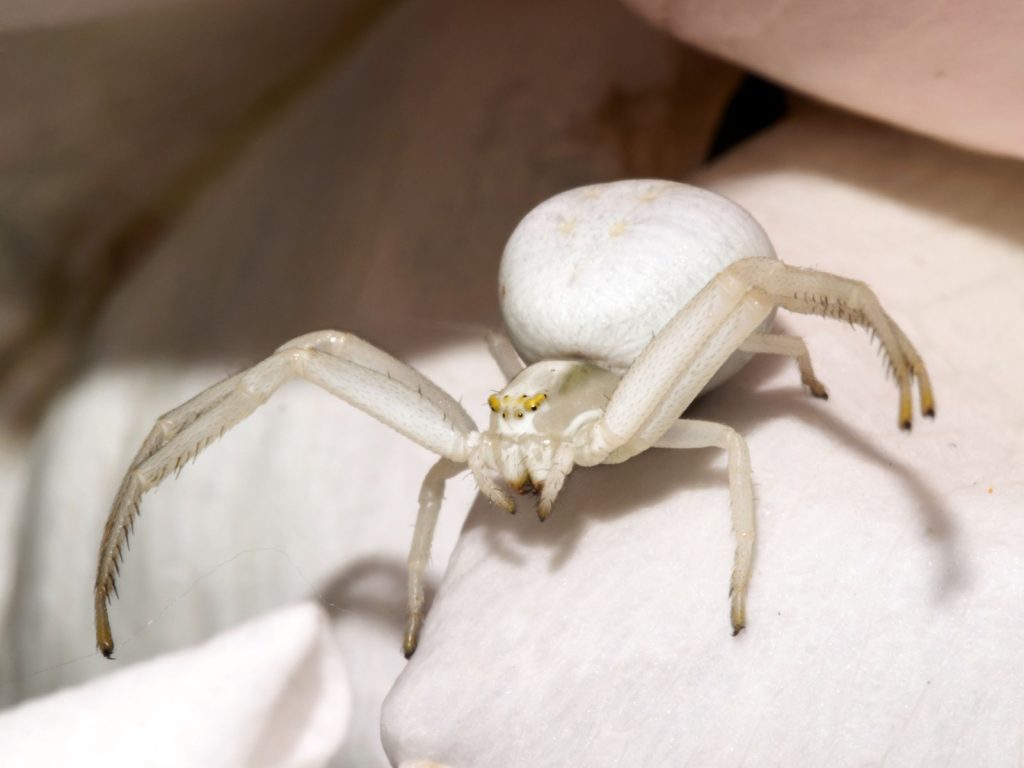
These tiny arachnids are masters of disguise, able to change color to match the flowers they hunt on. They lie in wait for pollinating insects, their front legs spread wide to catch unsuspecting victims. When a bee or butterfly lands to feed, the spider quickly pounces. Despite their small size, flower crab spiders can take down prey much larger than themselves thanks to their potent venom. Some flower crab spiders can change their color in as little as three days, allowing them to switch between different colored flowers as hunting grounds.



